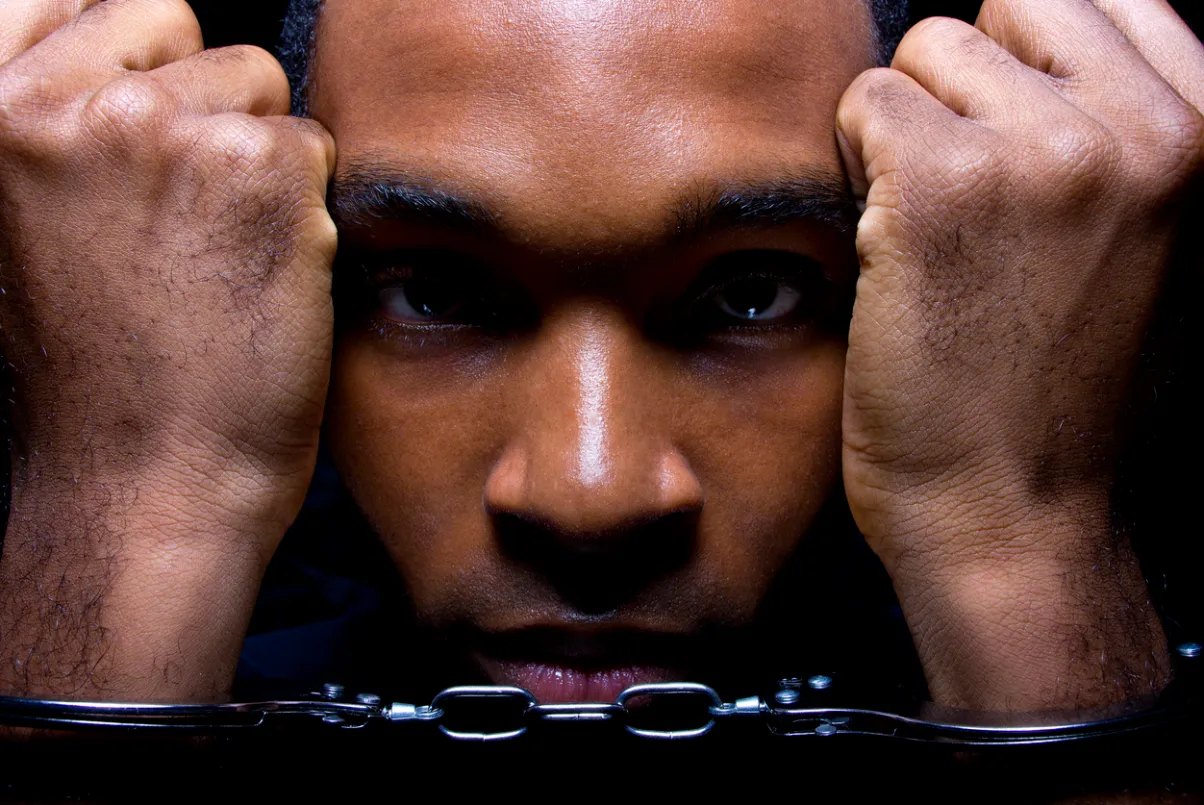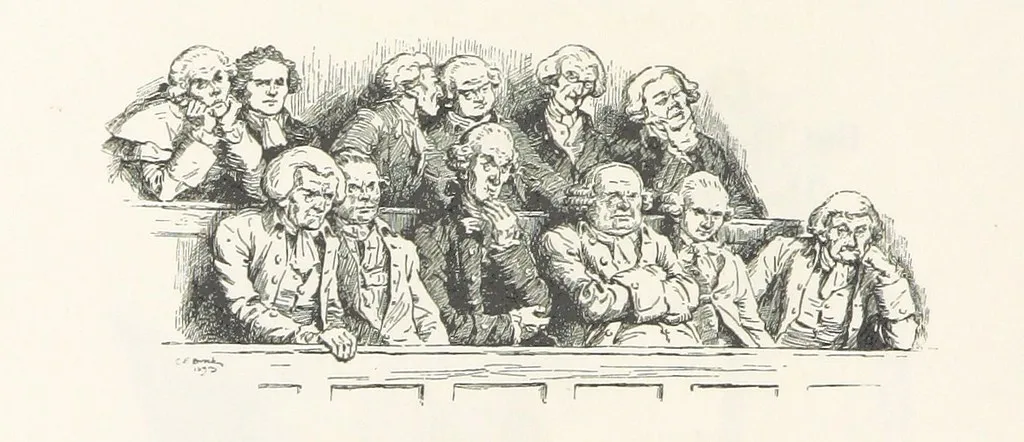
It was a rainy day in Winter. Los Angeles glistened like a wet frog. The relentless and macabre machinery of the Criminal Justice Center rustled papers, summoned grouchy jurors into pens, and judged from on high.
I sat in a courtroom, one of unknown dozens in the Borg-like cube that is the Clara S. Foltz Criminal Justice Center, checking my email and the days’ propaganda newsbeat. Would Clara S. Foltz, who died in 1934, have approved of the judicial enterprise that now bears her name? I doubt it. The first female state-licensed lawyer on the West Coast, she led a movement to give public defenders to indigent criminal defendants. Today, the Criminal Justice Center destroys the lives of harmless defendants regularly. The CJC sends thousands of non-violent offenders off for digestion in prison, followed for most by a life of struggle and poverty. It chews and swallows with laws made by capricious political majorities. I do not approve.
Out of a pool of thirty-something, I was the only one wearing a tie. It hung from my neck like a dagger of bright orange, an unmistakable symbol of non-conformity. The defendant glanced sideways at the jurors, looking unhopeful. The prosecutor looked mean. The defense attorney was flakey. The Judge was cheery but firm, a fuzzy glove on a fist of iron. First, he instructed the jurors on the law, the presumption of innocence and burden of proof. I felt as if called in for a regular meeting with the neighborhood politburo; but I am an odd bird, my natal moon tugs towards Aquarius. For other jurors, the review might have felt like a refresher in 8th-grade civics, or a bewildering introduction to North American justice.
The lawyers then grilled us about the Judge’s instructions. How would we weigh verbal testimony? Can it be enough to satisfy the burden of proof? Would you believe a cop the same as a regular citizen? Have you been the victim of a crime, or anyone you love? Tensions rose. Juror after juror explained how cops are unreliable witnesses. You need to consider the circumstances. Cops have reasons to lie. The lawyers scribbled notes.
Then they turned to the questions on the paper they had placed on each chair. Among those questions: Have any of ‘us’ arrested you before, or locked you in a cage and claimed the power to control your life? Are you related to a cop? Have you ever been a crime victim? Do you own a gun? One by one, the jurors confessed, some with tears. Several had been touched by violent crimes. Many related their distrust and fear of the police. One proclaimed he could never believe a cop. So passed hours. In the words of the California Criminal Code (CCC), the jurors experienced a “liberal and probing examination calculated to discover bias or prejudice.” The Judge and lawyers acted as if unsurprised by routine outpourings. After questioning ended, the Judge declared a short recess, and the jurors left the room. Fifteen minutes later we took our seats back inside.
Then the slaughter began. Prosecutor and defense lawyer removed juror after juror; the law allows each side to remove up to ten without having to prove cause. I heard “the Court thanks and excuses Juror ‘X’” about ten times before the prosecutor ejected me. We were all robbing the accused of her “cherished constitutional right” to a jury of her peers. Instead she would get a jury picked for its lack of experience with the matters at hand and more prone to err on the side of convicting. Which California juries do in 80% of verdicts. Only 2% of cases go to a jury, of the other 98%, about 70% result in convictions. State prosecutors dispose of much of that 70% by threatening the defendant with heavy penalties, then trading lesser penalties and charges for a pre-trial conviction.
A lot of things could be fixed. A rule limiting peremptory challenges to one or two would provide well-rounded juries without paralyzing due process. My guess is that more inclusive juries would favor defendants more often than now. Our justice systems bludgeons more than it inspires and guides, so the bias reflects the source. Smaller pools would yield less predictable results, reducing prosecutorial leverage. The end result would be a focus on more serious offenses, relieving pressure on enforcement of victimless crimes. The reformed process wouldn’t just be fairer. It would also be less burdensome. Instead of needing to call in thirty-four to fill fourteen seats, the Court would need only eighteen. We can debate the merits of various policy proposals. Can we agree that improvement is possible and making justice fairer and less burdensome for all is a worthy goal?

To see the forest, step beyond the trees. Sometimes the context shouts louder than the subject. Voir dire exposed me to the psychological aftermath of pervasive violence in our society. Many strangers exposed their wounds in open court. Cops and robbers both do violence. But too many are traumatized by police and prisons. Over 45% of Americans have had an immediate family member in prison. We as a civil society face a wall of pain too great to ignore without existential hazard. If the wisdom and fairness of our laws do not command widespread respect, we should be questioning, “why?” Reacting by building more prisons and judicial machinery that churns out convictions is unhealthy and self-destructive. That we do it shows our ruling political machinery is at odds with our human natures.
In the abstract, solutions are easy. It’s enough to take responsibility for governing ourselves while granting the same right and responsibilities to others. Our Common Law tradition of trial by jury rests in this principle of responsibility: that we have the right and burden of being judged by our peers. Not by the King’s men. Our peers surely cannot exclude those who live and believe as we do, our social and psychological tribes. Let’s make our juries stand for the people again.
In practice, change takes effort and discipline. Reforming our criminal codes to empower juries is a step in the right direction. But it’s not the only thing worth doing. Other approaches may be more effective and have been building momentum for decades. Take Bitcoin, for example. Its peak in late 2017 symbolized a breakthrough in public awareness. The price declines of 2018 will not kill off public ledger networks, and even now survivors are retooling and new networks are growing. The new tools are here to stay. They offer a new power, the power of immutable public records, gained by distributing open-source server nodes to willing hosts. A revolution comes comparable to heavier-than-air flight and the Internet in its power to change human relations. Permanent public records protect free speech and free association, putting information of public interest beyond the reach of corrupting influences and censors. Its first use case—currency—is not its last. Prepare for a strange and interesting trip heading to freer places!